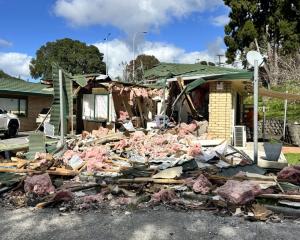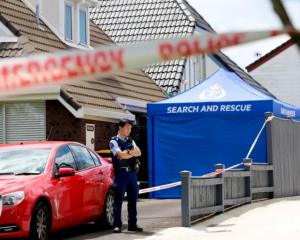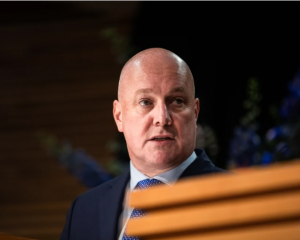
New attendance rules could see schools chasing up the families of nearly half their pupils during the winter months.
A template explaining the new 'Stepped Attendance Response' system showed that based on attendance in term two this year, 47 percent of school children - 385,000 individuals - would trigger some form of action.
The system would be mandatory from the start of 2026.
At the lightest end of the scale, schools would have to send formal notifications to the families of 213,000 children with between five and 10 days' absence.
The next group, 88,000 children with up to 15 days absent from class, would trigger "escalated notifications" to families as well as meetings to find out why the children were absent and development of a plan to improve attendance.

Associate Education Minister David Seymour said he would tour the country to talk with school and attendance officers about the system.
"The basic premise of the STAR is that no child is left behind. Every student, parent, teacher and school has a role to play. Each school will develop their own STAR system to suit their community and school," he said.
"Almost every aspect of someone's adult life will be defined by the education they receive as a child. If we want better social outcomes, we can't keep ignoring the truancy crisis."














